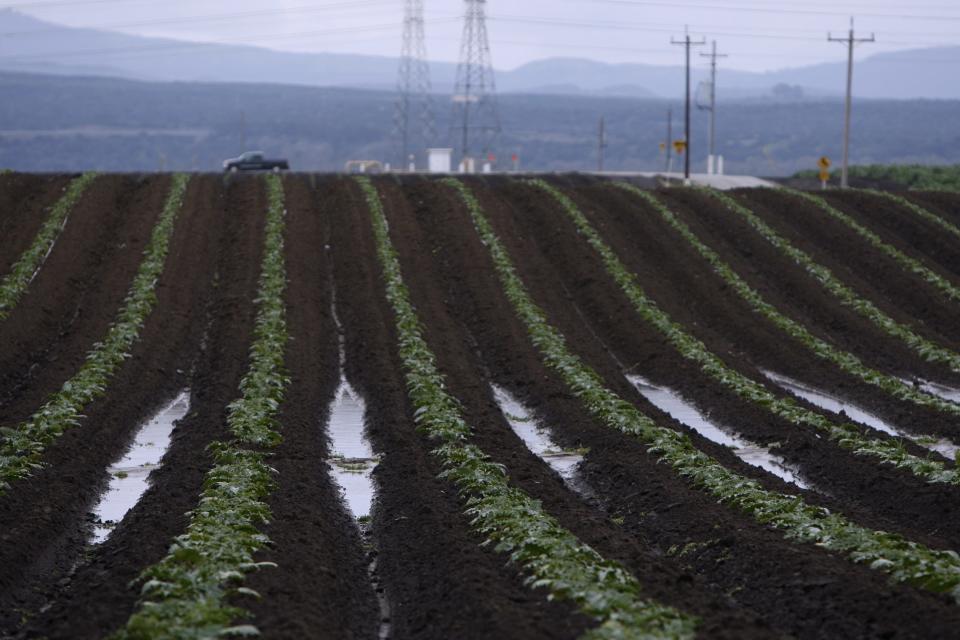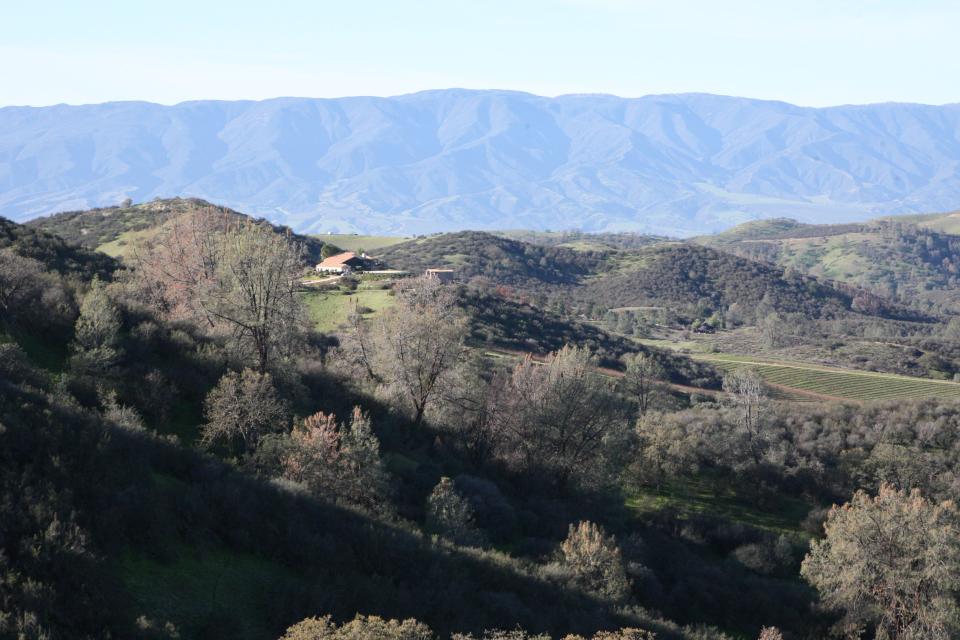Salinas Valley agency gets $10.3M grant to fight against future California droughts
The California Department of Water Resources is granting $10.3 million directly to the Salinas Valley Basin Groundwater Sustainability Agency as part of an initiative to improve water conditions for tribes and underrepresented communities.
In total, the DWR is awarding $187 million to 32 different groundwater subbasins across the state. The funding is intended to support efforts to replenish groundwater, boost the use of recycled water and improve water quality as a defense against future droughts. California has over 515 groundwater basins, according to the DWR, and they remain a critical component of the state's water supply, particularly during drought years.

The funds were awarded as part of a grant program which was established by the DWR back in 2015 in an effort to help local agencies implement California's Sustainable Groundwater Management Act. SGMA was passed in 2014, in the midst of the state's 2012 to 2016 drought. It set a statewide regulatory framework to manage California's groundwater, requiring areas that are heavily dependent on groundwater to form a local groundwater sustainability agency (GSA).
These plans would work to ensure long-term groundwater sustainability, including a safe and reliable drinking water supply. Now all the GSAs have developed plans are in their implementation phase, Keith Wallace, supervising engineer at DWR said in an interview on Tuesday.
"The GSAs have 20 years to implement their plans. SGMA requires a lot of this near-term action because they're not going to be able to get sustainable groundwater management overnight.
"It's going to take a long time developing projects, and we'll also be looking into (how the reports they submit) show measurable progress and how they're meeting their groundwater basin goals. And then that will in turn inform any management decisions, especially if they have to respond to future droughts," Wallace said.
"These last 12 months demonstrate climate extremes that we can expect to see more of in the coming years," explained Wallace. "These extremes impact all of all Californians. But tribes and underrepresented communities and small farms do typically see direct impacts to their water supplies especially during droughts ... They typically rely on ... wells that are drawing up from the shallow aquifers. And these shallow aquifers are really most susceptible to drought conditions."

Wallace added that last winter was the third wettest on record in California history. And the Salinas Valley in particular has a large number of groundwater basins. "Another extreme weather condition is flooding ... the Salinas River saw a little bit of that this year, which damaged some farmland ... which can cause crop damage or restrict the ability to plant crops, which could obviously be very, very tough for small farmers."
Salinas's funds will go toward the city's data expansion – so the SVBGSA can better collect and provide data information on groundwater – and engage with local underrepresented communities.
The consequences without groundwater management could be dire.
It may result in a water shortage, Wallace said.
In a normal year, California relies on groundwater for about 40% of its total water use. In drought, that number jumps up to 60%, according to Wallace.
"And this has resulted in quite a bit of overuse in groundwater in certain parts of the state," he said.
"We were on a trajectory to have those groundwater levels to continue to decline. And if those levels were corrected, that could obviously lead to not having that groundwater available to us anymore, which would really be catastrophic ... significantly (reducing) the state's ability to serve its population or service industry, like agriculture. .... It would be quite detrimental in the long term."
According to its application for the grant, the Salinas Valley agency is expected to start work using the funds right away, or likely by the end of 2023.
Wallace said Salinas' expected completion date for the data information and local community engagement projects, which still need to be identified, will be in 2026.
This article originally appeared on Salinas Californian: Salinas Valley agency gets $10.3M grant in fight against droughts

